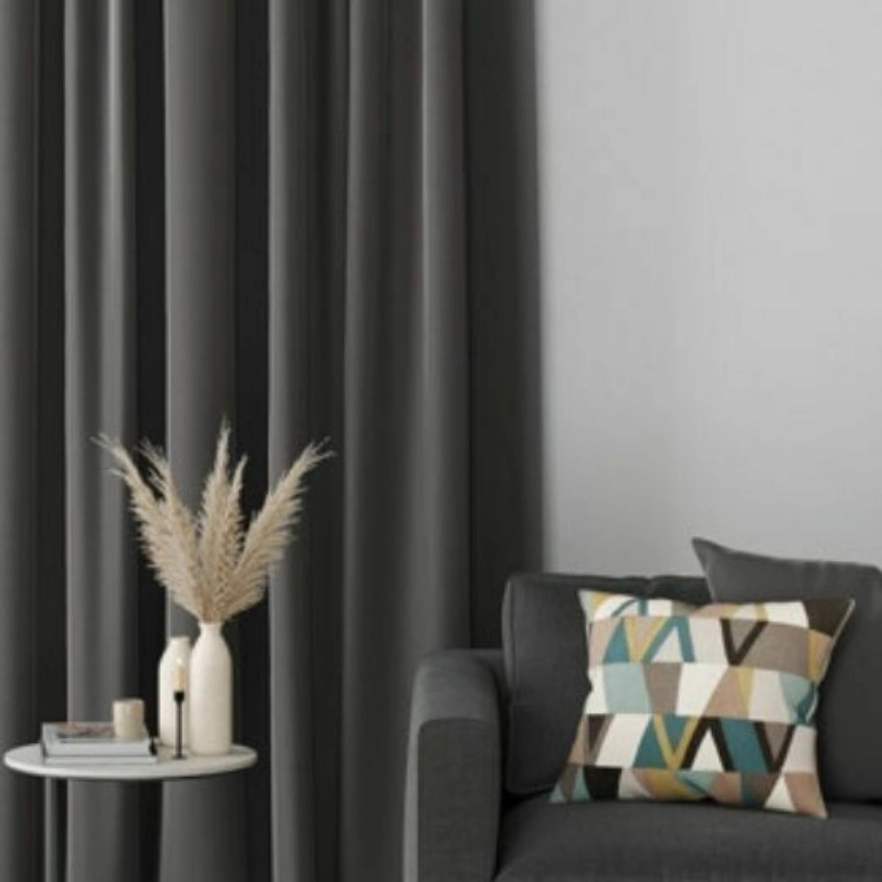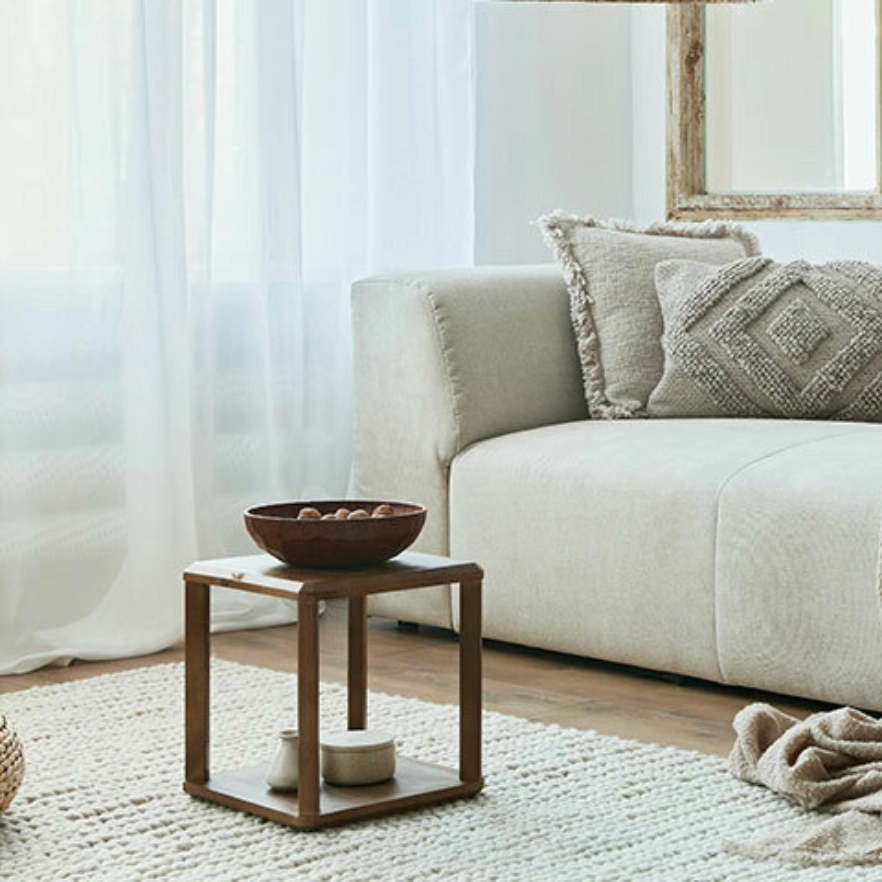Which curtain heading suits you best?
Don’t forget to consider heading style when choosing curtains. There are a few options to choose from depending on the style you want.
When it comes to choosing curtains, you’ve probably thought about the colours and fabrics quite a bit but have you considered what kind of pleat (aka heading style) you might like? It’s an often-overlooked part of the curtain decision process but it can drastically impact the final look of your curtains, changing how the fabric hangs and folds.
Here’s a quick overview of some common pleat styles to help you choose.
Pencil pleat
Named for the tight, semi-circle folds that look like a row of pencils, the pencil pleat is the most common heading style. It’s neat but elegant and can be subtly adjusted using the cords that are sewn into the heading tape across the back—pull them tighter for a fuller look or keep the looser for a softer drape. Pencil pleat curtains work well with both curtain rods and tracks and suit most styles of homes.
Pinch pleat
The pinch pleat is a stylish heading option that creates even waves in the fabric of your curtains. The fabric is folded and tacked together at even intervals for a consistent, beautiful drape. They can be hung on a track if needed but look much more elegant on a rod.
There are a few variations of the pinch pleat:
- The single pleat is a popular economical option and is ideal for small spaces that may not have room for excess fabric alongside the windows.
- Double pleats are a more contemporary feeling option that creates a smart, elegant finished look.
- Triple pleats (also call French pleats) are more formal in style and use much more fabric to create the full look. This look is perfect in living areas and dining rooms.
Reverse pleat
The reverse pleat is often called a box pleat or an inverted pleat, but whatever it’s called, it’s a style that hides the pleat at the back of the curtain instead of the front. This creates a smoother look across the top and deep folds of fabric down the length of the curtain. It’s a lovely, minimalist look but is best used on full length curtains, as it can make shorter curtains look bulky.
S-fold
The s-fold heading is a relatively new option that is quickly becoming a new favourite. The s-shape is created through evenly spaced carriers along the top of the fabric, meaning there is no front or back, unless the fabric used dictates. It feels simple but elegant and creates a beautiful drape, but it is worth noting, s-fold curtains require a special track due to their unique attachments. They also take up more space than pleat styles, as the folds come further away from the wall.

